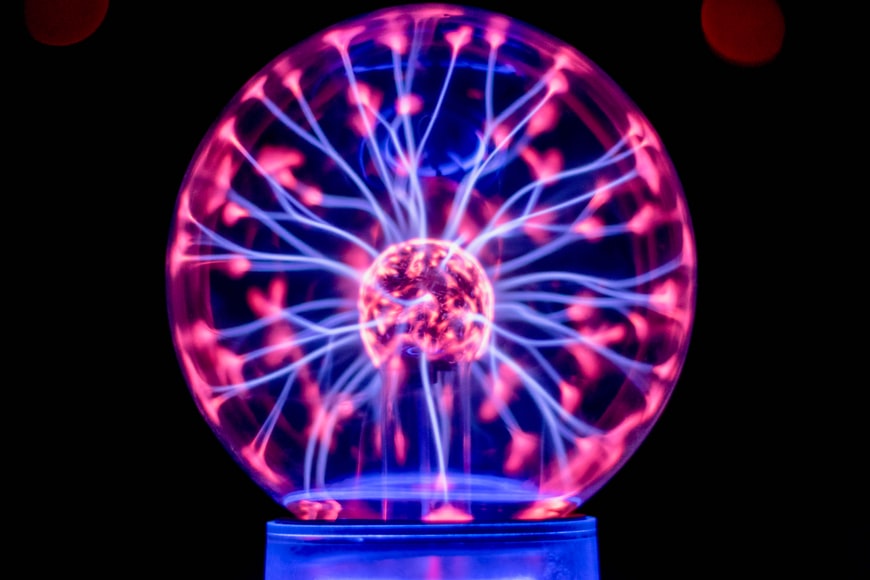Plasma cutting: Your questions answered
3 Mins Read
Published on: 07 October 2021
Last Updated on: 21 November 2024

toc impalement
If you’re a self-employed welder or a small manufacturing plant, plasma cutting could be your answer to a lucrative career.
However, as with any business growth, there are challenges. Especially when you start to work with larger clients or create products that take more production time. If things have started to get a little overwhelming, a plasma cutting machine isn’t an investment you’ll regret.
For those of you that aren’t fully convinced – after all, machinery can be a huge investment for small businesses – here are the answers to a variety of frequently asked questions about plasma cutting and its capabilities.
Tolerances and material thickness

What kind of cutting tolerances can be achieved with plasma cutting machines?
Tolerances can be affected by a number of variables like speed, material thickness, part complexity, and accuracy of the machine. The general tolerance for a plasma machine, however, is around 0.015-0.02 in.
Power source
What size of plasma power source is needed?
Your personal budget and applications will determine the size of the power source you use for your plasma cutter. You should also consider the type of material you’re cutting and the thickness of it. Naturally, the thicker the material, the more power you’ll need.
Can you cut aluminum and stainless steel with a plasma cutting machine?
As technology advances, equipment becomes more and more capable. It’s no different for cutting machines. The latest advances in the industry now mean plasma can cut through stainless steel and aluminum, as well as a myriad of other metals.
Table size
What table size should I choose?
There are a huge number of different table sizes available for plasma cutting. It will depend on the size of material you need to cut and the space you have to work with. You’ll also need to consider loading and unloading methods to ensure you can run the machine properly and safely.
Typically, fabricators choose from two table types: Downdraft tables and water tables. Downdraft tables can be adjusted to make different zones either open or as close together as needed to help extract fumes from the area. On the other hand, water tables do not need fume extraction and instead use an internal bladder to help you adjust the water level. Therefore, water tables are not recommended for those cutting aluminum.
The learning curve
Is there a steep learning curve for using CNC plasma cutting machines?
If you’re already familiar with the plasma cutting process, you should have no trouble learning CNC fundamentals. There is plenty of information and tutorials online to guide you. You’ll also learn more through experimenting once you’ve installed your machine.
What sort of maintenance is required?
As with any machinery, cutting machines will need cleaning and lubricating from time to time. You can find out more information about checking fluid levels etc., from the manufacturer’s guide. As a general rule of thumb, it’s a good idea to schedule a yearly maintenance check to ensure longevity.
Hopefully, these quick-fire answers have given you a little more insight into what CNC plasma cutters can be used for and how you can choose the right option for you.
Read Also:


















Comments Are Closed For This Article